#lepus americanus
Note
Are you still doing this? 🥚🥺👉👈
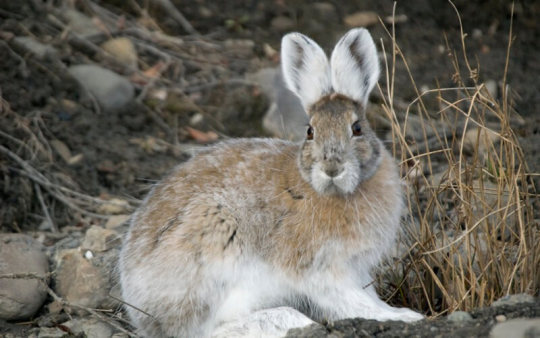
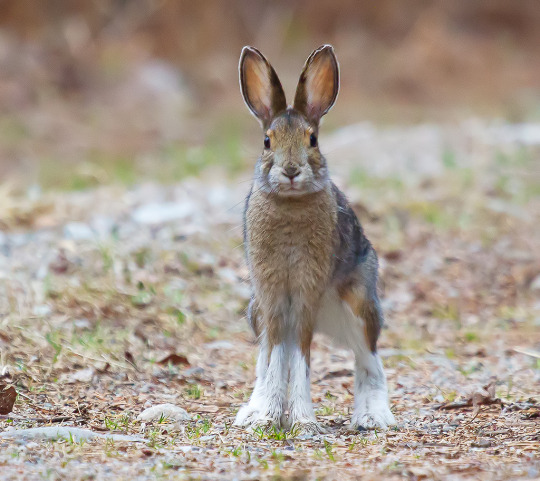
snowshoe hare!
(Lepus americanus)
68 notes
·
View notes
Text
Snow hares are objectively the best hares.
And with that, the best leporids.
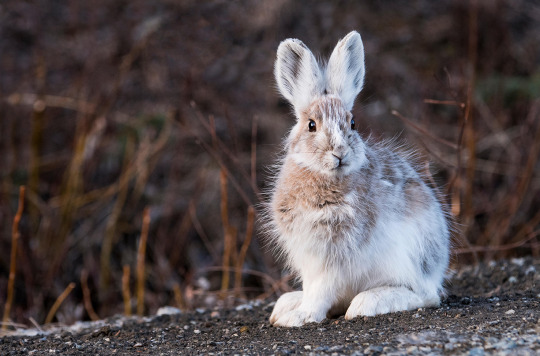
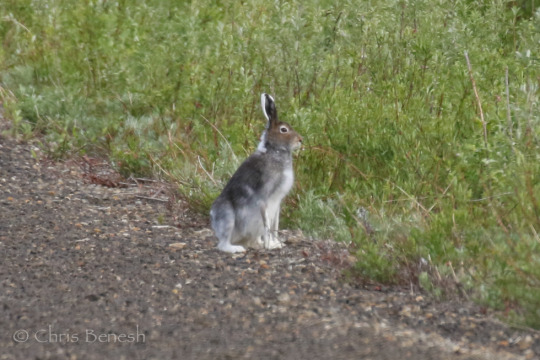

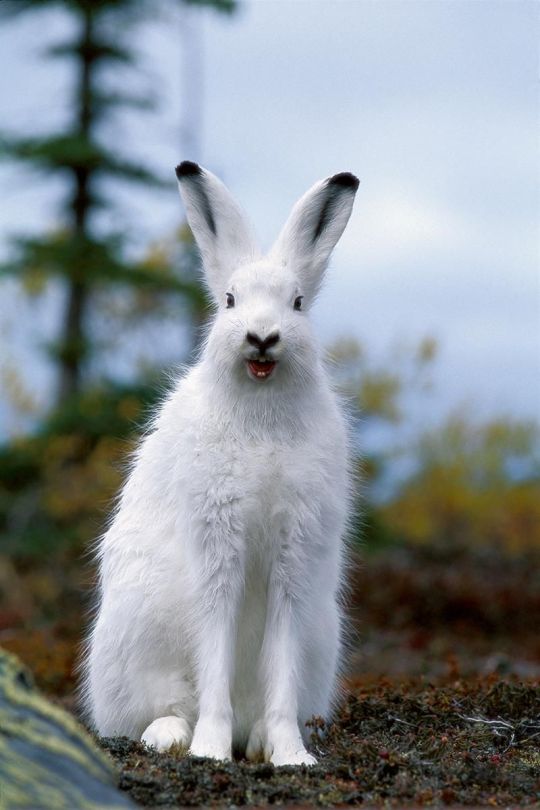

#hares#nature#hare#lagomorpha#lagomorphs#leporidae#leporids#lepus#lepus americanus#lepus othus#lepus arcticus#lepus timidus#snowshoe hare#alaska hare#arctic hare#mountain hare
135 notes
·
View notes
Text


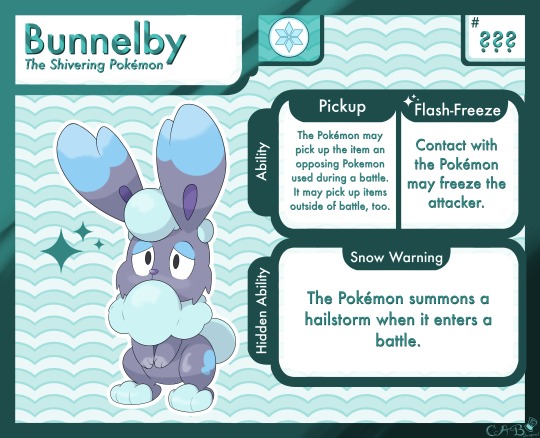
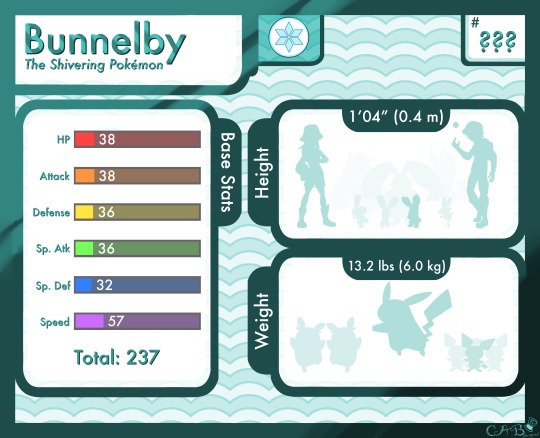

Bunnelby, the Shivering Pokemon!
Bunnelby here is based on the snowshoe hare (Lepus americanus), and is from the freezing cold Kisukis Region, which is based on Nunavut, Canada. It's also found in another region, Nuvupi, which is based on Alaska and the Aleutian Islands! More on both of these regions to come!
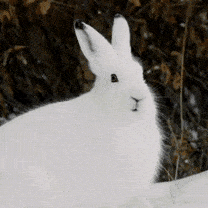
#pokemon#fan made pokemon#variant pokemon#regional variant pokemon#ice-type pokemon#ice-type#ice type#fakemon#fakemon art#fakemon dex#fakedex#fakemon region#fakemon design#ice type fakemon#ice-type fakemon#bunnelby#snowshoe hare#lepus americanus#rabbit pokemon#pokémon
21 notes
·
View notes
Text
A number of animals experience periodic and often dramatic fluctuations in their numbers, sometimes undergoing regular five- or ten-year cycles of population increase and decrease – for example, snowshoe hares, lemmings, voles, and some species of finches, sandpipers, falcons, and grouse.
"Biological Exuberance: Animal Homosexuality and Natural Diversity" - Bruce Bagemihl
#book quote#biological exuberance#bruce bagemihl#nonfiction#fluctuations#population#snowshoe hare#lepus americanus#lemming#dichrostonychini#lagurini#lemmini#vole#arvicolini#ellobiusini#myodini#phenacomyini#pliomyini#promethomyini#finch#fringillidae#sandpiper#scolopacidae#falcon#falco#grouse#tetraonini
0 notes
Text

Snowshoe Hare (Lepus americanus), in white winter coat, family Leporidae, Alaska
photograph by Loren Merrill
9K notes
·
View notes
Text
Snowshoe hares, Lepus americanus, are one of the champions of winter adaptions.
First, winter camouflage. Snowshoe hares have it. They grow a winter coat of fur that is mostly white. It perfectly matches the snowy environment of the subalpine areas they love. In the summer, they are mostly brown with some white, and gray. These can work great with the rocks, dirt and plants of the subalpine areas once the snow has melted.

Second, snowshoes. Yes, snowshoe hares have their very own snowshoes built in. Their hind feet are enormous compared to their body size and weight. Just like the snowshoes that humans strap on to their feet, snowshoe hares’ hind feet allow them to spread out their weight across the whole foot so they don’t sink deeply into the deep snow. This means they can be faster moving across the snow and use less energy since they aren’t post-holing.
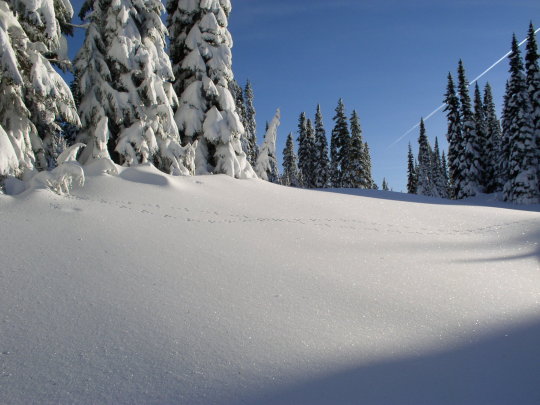
Cute, little winter champions. Are you seen a snowshoe hare in the park? Perhaps you have seen tracks of these snowy, winter champions? ~ams
More information on birds in the national park can be found here https://www.nps.gov/mora/learn/nature/rabbits.htm
These photographs are from years past and do not reflect current conditions. NPS Photo. Snowshoe hare in winter phase white fur seen through bare branches. NPS/Spillane Photo. Hare tracks across winter snow in Paradise. Snow covered trees surrounding snow covered meadow area. December, 2013.
#encuentra tu parque#find your park#national parks#mount rainier national park#snow#snowshoe hare#snowshoe#camouflage
19 notes
·
View notes
Text
[CM] Mammals - Prey
Third and final mammal post (for now), most of the animals here are taken by ClayClan as prey. They’re the size of or smaller than cats and generally safe to hunt, though there are exceptions. Below are translations for red-backed voles, bog lemmings, eastern chipmunks, and short-tailed shrews, plus several animals with the same name as base Clanmew.
Bats (general) - Fip*
There’s several bat species in ClayClan, buuuut I’m yet to look into them, so for now I’m just listing the general term. Bats aren’t hunted (they’re too fast and have too little meat) but are instead enjoyed as nimble predators in their own right. Someday I’ll make a bat expansion with more words!
Snowshoe hare (Lepus americanus) - Yywaya*
Cat-sized or slightly larger. The largest mammal that’s regularly hunted; hares make for a challenging but rewarding meal. They change color depending on the season, bearing a mottled brown coat in summer and a pure white one in winter. The god Chikik is believed to resemble a snowshoe hare!
Long-tailed weasel (Mustela frenata) - Morfaf*
Long snake-like body, very similar to an ermine. Both a hunter and the hunted - weasels compete with cats for small mammalian prey like mice and chipmunks, but are also killed to be eaten by the Clan.
Gray squirrel (Sciurus carolinensis) - Chakchak*
About a third of the size of a cat. These animals are found all over the forest, especially during fall, when they bury nuts for later retrieval. Hunted year-round as a hearty meal. Typically gray-and-white but sometimes all black!
Eastern chipmunk (Tamias striatus) - Twipip
A small, relatively non-challenging prey animal. Easy to find foraging on the ground in open woodland.
White-footed mouse (Peromyscus leucopus) - Nai*
White-footed mice are hunted often, but warriors must be careful to inspect the prey before transporting it for one important reason - white-footed mice are a favored host of larval deer ticks! Nobody wants to be the one responsible for bringing those back to camp...
Red-backed vole (Myodes rutilus) - Kakak
Common and easy to hunt, but not preferred due to their lack of meat. More valuable in winter when other prey becomes scarce.
Bog lemming (Synaptomys cooperi) - Wee
Rare! Sometimes hunted when found, but generally considered not worth it due to their small size.
Star-nosed mole (Condylura cristata) - Bosgo*
Found in shallow tunnels under wet soil. Hunted on occasion. Considered strange for their branching nose tentacles.
Short-tailed shrew (Blarina brevicauda) - Mwsswo (mwssaf*, owo*)
Hunted semi-frequently, but warriors must be careful to avoid getting bit, as short-tailed shrew saliva contains a toxin that causes unusually painful bites!
7 notes
·
View notes
Text

Mangus Americanus. 'Longinquis itineribus lepus in occidente'.
0 notes
Photo

Hello there beautiful pen and inky scribblers, how are you all doing today. Here's the 21st January's week 3 prompts of the #penandinkchallege This week ideas have been set by @claudespaintings and @penandinkchallenge The prompts she has chosen is 'Winter Animals' and for today it's a 'The Snowshoe Hare' The Snowshoe Hare scientific name Lepus americanus, but also known as Varying Hare or Snowshoe Rabbit, is primarily found in North America. It takes on the name "Snowshoe" because of the large size of its hind feet, which prevents it from sinking into the snow when it hops and walks. Its feet also have fur on the soles to protect it from freezing in extreme temperatures. For camouflage, its fur turns white during the winter and rusty brown during the summer, it's also quite distinguishable by the black tufts of fur on the edge of its ears, which are much shorter than those of other species of hare. The other thing you'll notice is their size to one another, as the males are considerably smaller than that of the females. In summer, it feeds on plants such as grass, ferns, and leaves; in winter, it eats twigs, the bark from trees, and plants and, similar to the Arctic hare, has been known to occasionally eat dead animals. On my desk 📘 Notebook @therangeuk 🖋️ FP @monteverdepens_official Impressa in Blue by @yafabrands_official filled with @privatereserveink.official Black Magic Blue @sakura_europe 005 and 01 Black Fineliners for the drawing Single Pen Pillow Rest by @stationeryideas2022 #2022challenges, #penandinkchallenge, #penandink, #fountainpens, #sketchbook, #mgmbme, #journalscribblers, #writing, #journalideas, #journalinspiration, #mgmbesalie, #draw, #write, #create, #challenges, #drawingprompt, #creativeideas #stationeryideas2022, #sturminsternewton, #dorsetUK, #teamyafabrand_offical, #teammonteverde (at Sturminster Newton) https://www.instagram.com/p/Cnre7xqIaF6/?igshid=NGJjMDIxMWI=
#penandinkchallege#2022challenges#penandinkchallenge#penandink#fountainpens#sketchbook#mgmbme#journalscribblers#writing#journalideas#journalinspiration#mgmbesalie#draw#write#create#challenges#drawingprompt#creativeideas#stationeryideas2022#sturminsternewton#dorsetuk#teamyafabrand_offical#teammonteverde
0 notes
Photo
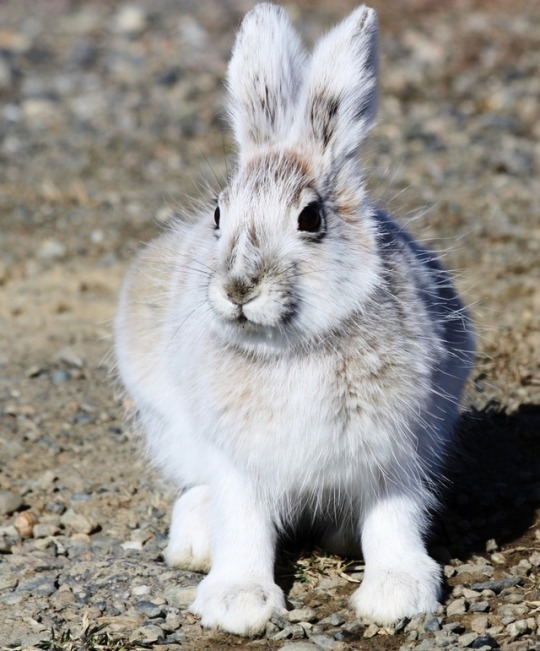
❄️🐇
Lièvre d'Amérique - Lièvre à raquettes / Snowshoe Hare (Lepus americanus).
Lepus americanus - (Erxleben, 1777) :
- Lièvre d'Amérique - Lièvre américain - Lièvre à raquettes /
- Snowshoe hare - Varying hare - Snowshoe rabbit /
- Schneeschuhhase /
- Liebre americana /
- Lepre scarpa da neve /
- Lebre-americana /
- Amerikaanse haas
…
snowshoe-hare-in-alaska : https://www.publicdomainpictures.net/en/view-image.php?image=284973&picture=snowshoe-hare / CC0 Public Domain
** ♥
https://picolaine.tumblr.com/
#lièvre#hare#Snowshoe Hare#Lièvre à raquettes#Snowshoe rabbit#Lièvre d'Amérique#lepus#Lepus americanus#animal#faune#nature#Varying hare#Lièvre américain#** ♥#W
67 notes
·
View notes
Photo
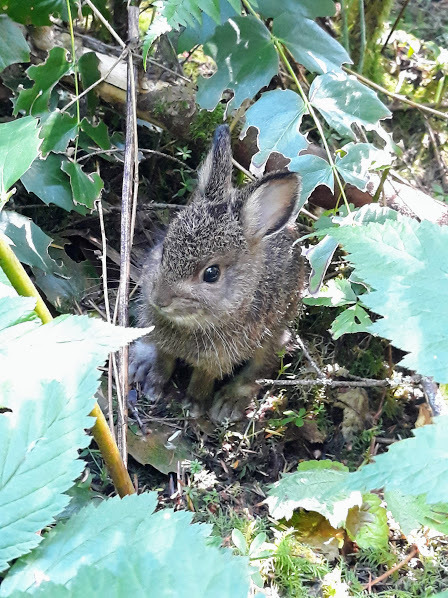
I can’t believe the cuteness!!!!!! This is the cutest bunny I’ve ever seen! We think it’s a baby snowshoe hare, which I didn’t even realize we had in Washington!
Lepus americanus
Paradise Valley Conservation Area, Washington
July 2019
#Lepus americanus#snowshoe hare#snowshoe hare baby#rabbit#washington#washington rabbit species#pnw#pnw rabbit#washington rabbit#bunny#hare#mine#summer 2019#woodinville#paradise valley conservation area#mammal
27 notes
·
View notes
Text
W: Dead animal
//////////
Cinematographic paralelism

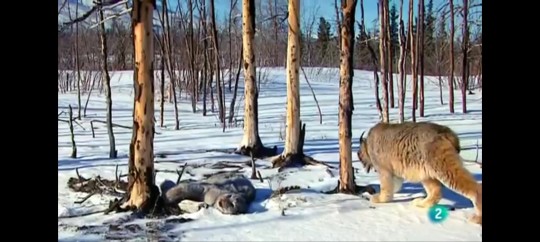
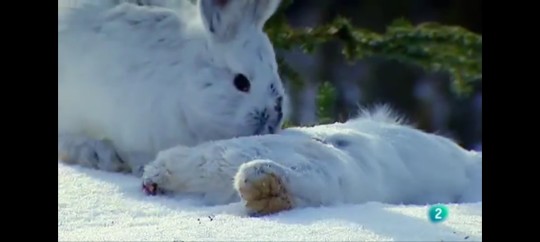
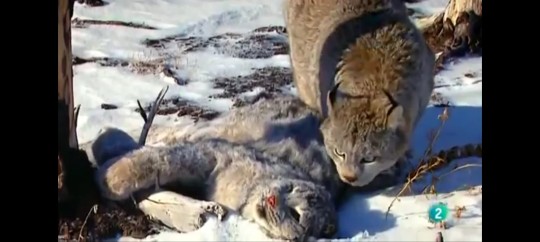


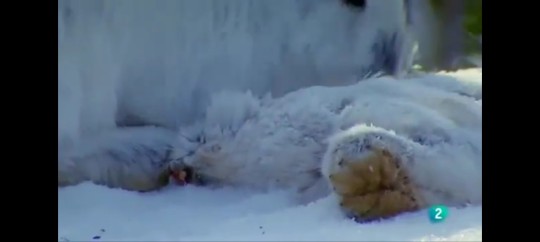

8 notes
·
View notes
Photo

Snowshoe hare tracks from Grey County forest. I love this big bubs.
1 note
·
View note
Photo

If I can’t use it, neither can he.
#I just hacked the system#he can't fish in a frozen pond#Ronald we suffer for the greater good#he's taking a lot of walks now#Lepus Americanus tells me they burrow their way under his floorboards#the partridge too#they try to sneak attack him in the morning
2 notes
·
View notes
Text
The Creature Awaits #146:
Each week I plan to feature an amazing creature, admiring God's fantastic artistry. Hopefully it’ll brighten someone’s day to see something new and interesting if they haven’t seen it before. : )

(Beautiful captures by Eric Kilby (top - CC BY-SA 2.0), and David Ellis (bottom - CC BY-NC-ND 2.0))
The Canadian Lynx
Scientific Name: Lynx canadensis
Region: Taiga in Canada, Alaska and parts of the northern contiguous U.S.
Size: About 19"-22" (~48cm–56cm) shoulder height
Interesting Notes: The highest density of this gorgeous feline near-always coincides with the highest density of its favorite food, the Snowshoe Hare (Lepus americanus). They have ridiculously massive, snowshoe-like paws that are perfect for quickly traversing snow in pursuit of their swift rabbit prey.
#creatureawaits#canadian lynx#canada lynx#Lynx canadensis#canadian wildlife#beautiful cats#wild cats#lynx
7 notes
·
View notes
Photo
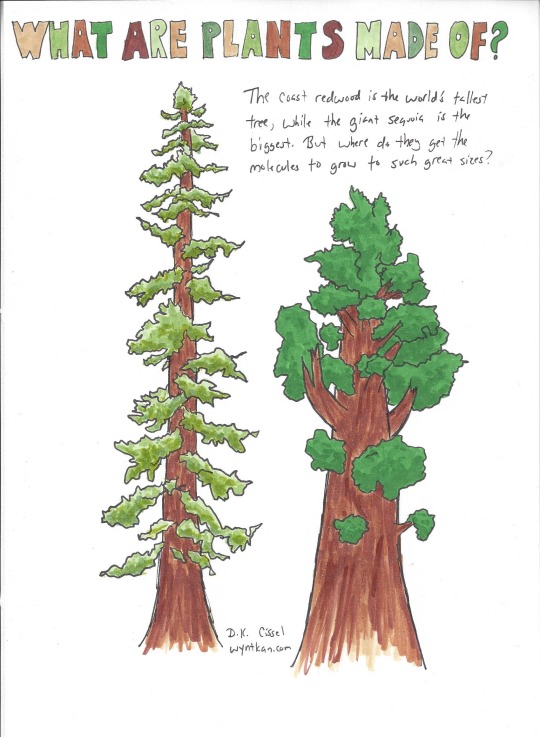
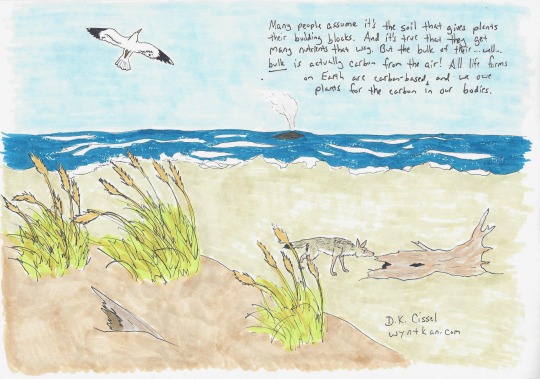

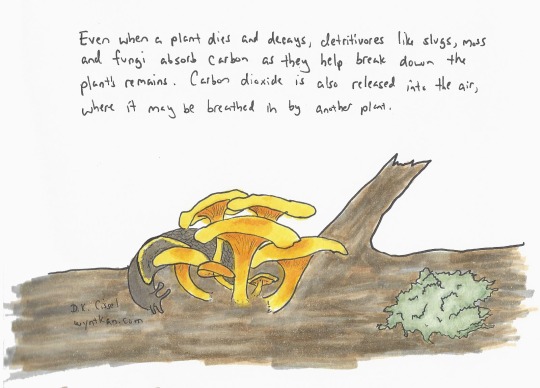
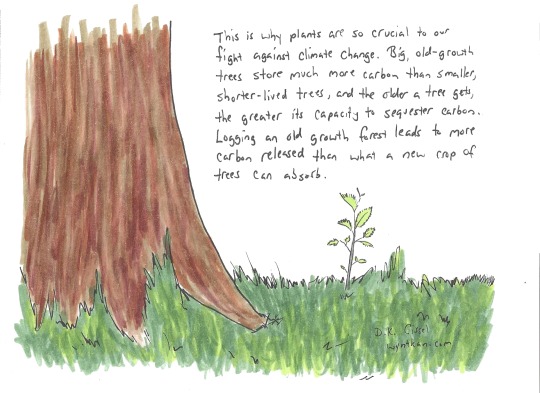
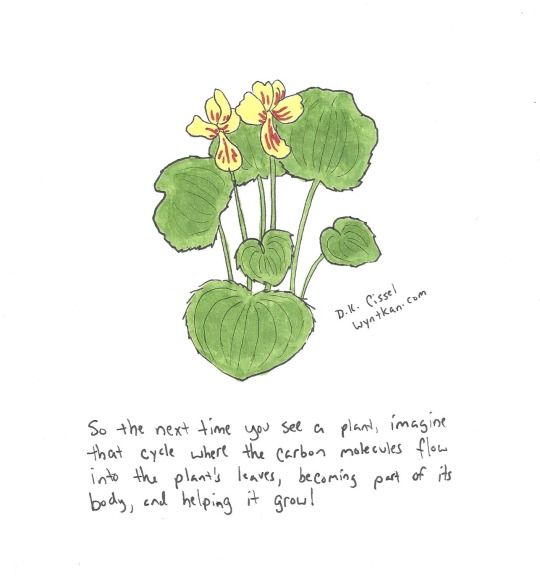
Hey everyone! So I posted a comic on Tuesday, but it being Christmas eve I figured everyone was at least as busy as I was, so I thought I’d wait til today to actually promote it.
If you celebrate Christmas, Yule, or another holiday that involves decorating a conifer tree, consider how much carbon may be trapped in it (assuming you have a real tree and not an artificial one.) Unless your tree has an intact root ball and will be planted after the holiday, it’s going to begin to decay, thereby releasing that carbon back into the air and soil. the same goes for any houseplants you have, plants in your garden, yard or lawn. Even live plants in aquariums follow the same carbon cycle!
Also, I decided to try and find another native slug besides the banana slug, which has been in multiple comics now, including its very own one-panel feature. I’ve never actually seen a taildropper, yellow bordered or otherwise, but I’m going to keep my eyes open! Unfortunately pretty much every other slug I’ve met in the Northwest besides banana slugs has been a European invasive, but here’s hoping that the habitat restoration I’ve been helping with will make a difference.
Species portrayed: coast redwood (Sequoia sempervirens), giant sequoia (Sequoiadendron giganteum), western gull (Larus occidentalis), coyote (Canis latrans), Atlantic beach grass (Ammophila breviligulata), gray whale (Eschrichtius robustus), snowshoe hare (Lepus americanus), bobcat (Lynx rufus), white clover (Trifolium repens), Pacific golden chanterelle (Cantharellus formosus), yellow bordered taildropper (Prophysaon foliolatum), windswept moss (Dicranum scoparium), red alder (Alnus rubra), yellow wood violet (Viola biflora)
Comic transcript under the cut!
[First Panel: a coast redwood tree and a giant sequoia tree next to each other on a white background] What Are Plants Made Of? The coast redwood is the tallest tree, while the giant sequoia is the biggest. But where do they get the molecules to grow to such great sizes?
[Second panel: a beach scene showing a gray whale in the ocean beyond the waves, a western gull flying in the air, Atlantic beach grass in the foreground, and a coyote investigating a piece of driftwood in the background] Many people assume it’s the soil that gives plants their building blocks. And it’s true they get many nutrients that way. But the bulk of their...well...bulk is actually carbon from the air! All life forms on earth are carbon-based, and we owe plants for the carbon in our bodies.
[Third panel: a sunny field shows a snowshoe hare eating white clover, while a bobcat watches from tall grass nearby] During photosynthesis plants use carbon dioxide to turn the sun’s energy into sugars to eat or store. The carbon is then used to build up the leaves, roots and other parts of the plant. When an herbivore eats the plant it also uses the carbon to grow and repair its body. And when a carnivore eats the herbivore, the carbon is passed on again.
[Fourth panel: a yellow bordered taildropper slug, some Pacific golden chanterelle mushrooms and some windswept moss are all found on a dead log] Even when a plant dies and decays, detritivores like slugs, moss and fungi absorb carbon as they help break down the plant’s remains. Carbon dioxide is also released into the air, where it may be breathed in by another plant.
[Fifth panel: a tiny red alder seedling grows next to a coast redwood] This is why plants are so crucial to our fight against climate change. Big, old-growth trees store much more carbon than smaller, shorter-lived trees, and the older a tree gets, the greater its capacity to sequester carbon. Logging an old-growth forest leads to more carbon released than what a new crop of trees can absorb.
[Sixth panel: a yellow wood violet in bloom on a blank background] So the next time you see a plant, imagine that cycle where the carbon molecules flow into the plant’s leaves, becoming part of its body, and helping it grow!
144 notes
·
View notes